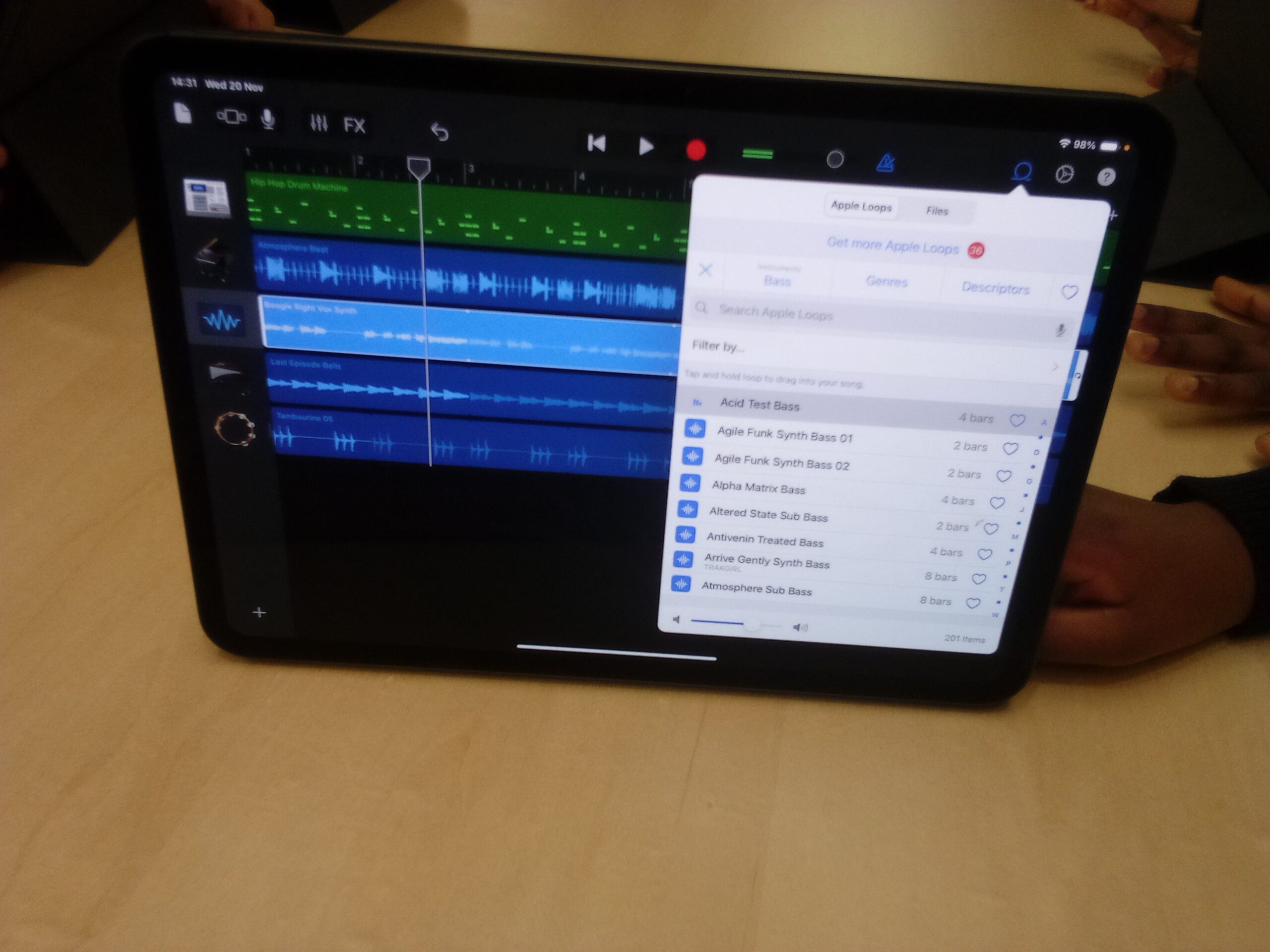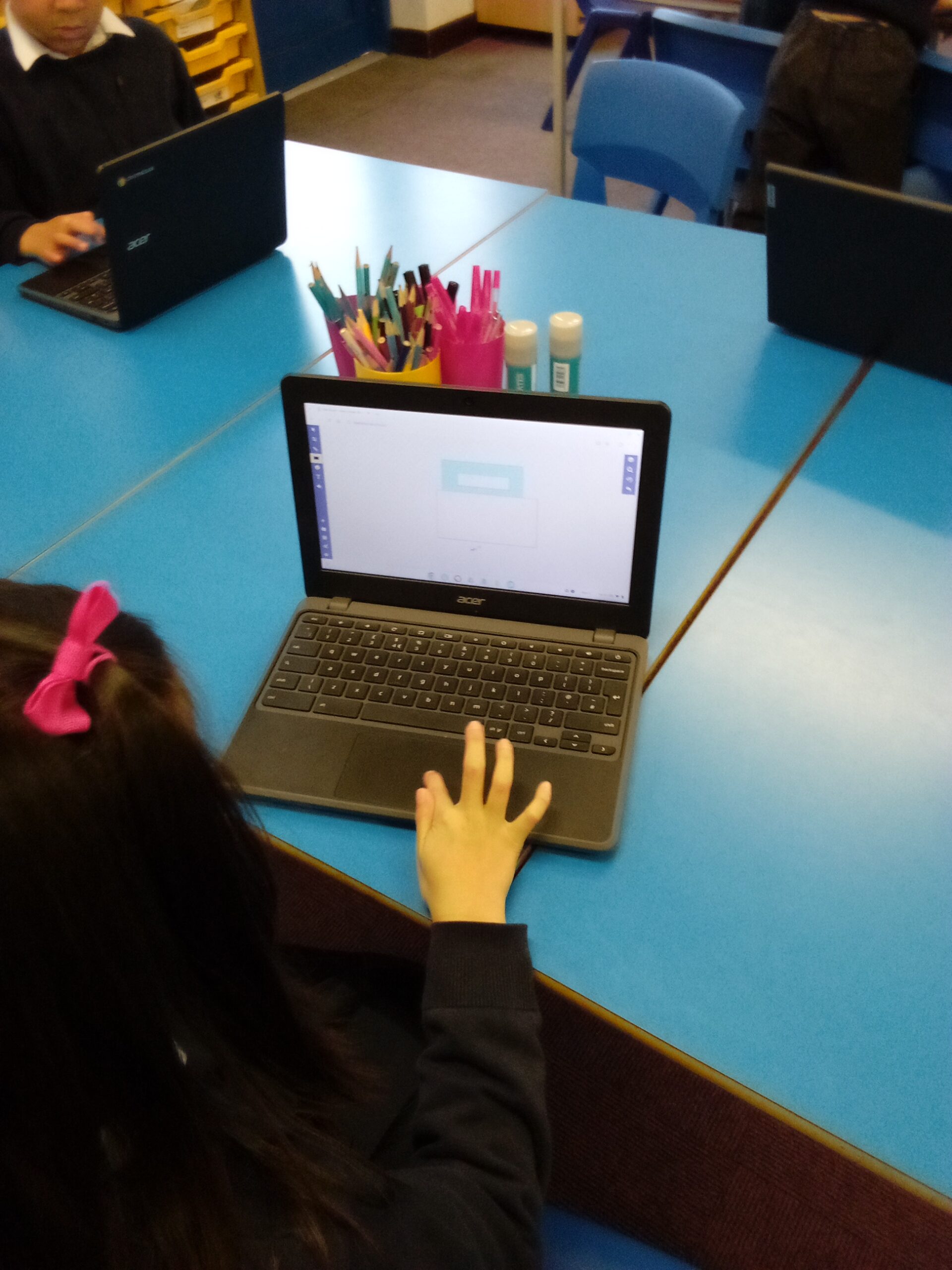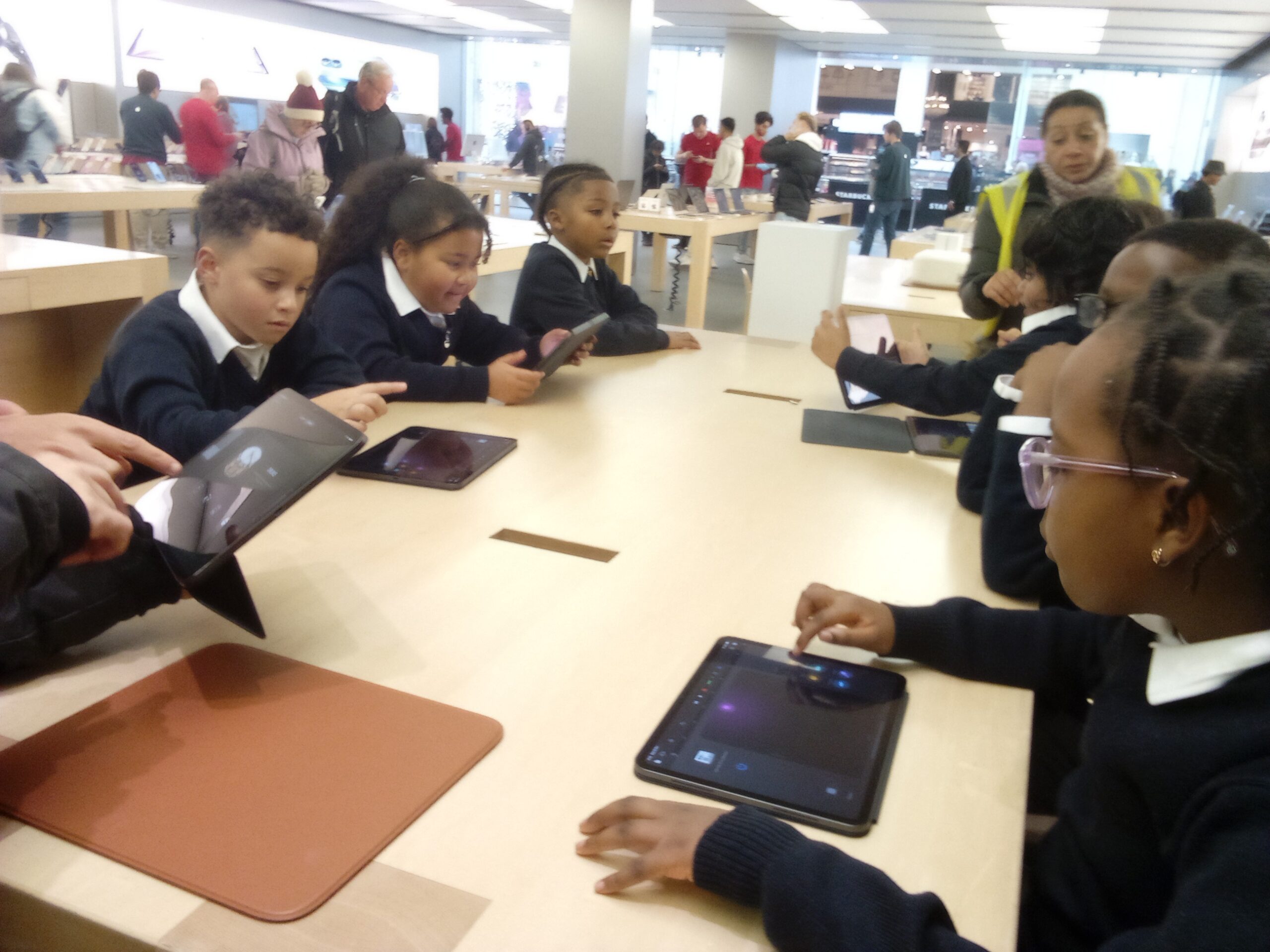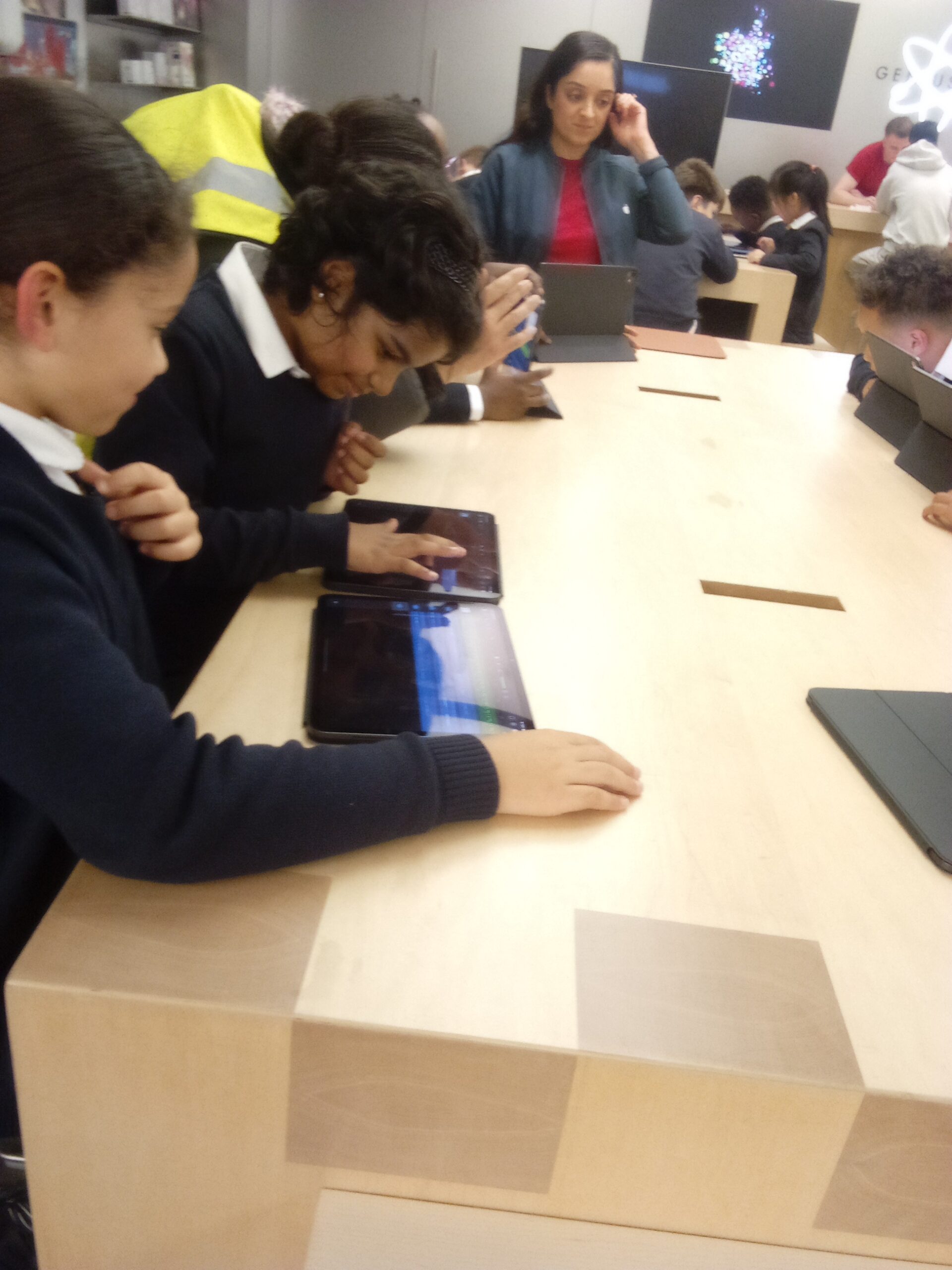Computing
Intent
Students at St. Annes will be confident coders, debuggers, users and creators of programmes by the time they leave in year 6. This will lead them to fully understand the ever growing use of technology in society allowing them to be active digital citizens of society both locally and gobally. Adaptations are made to Computing lessons to ensure that all children are able to access the curriculum and are not disadvantaged by Special Educational Needs or Disability.
Catholic Social Teaching
Catholic Social Teaching is integral to our whole curriculum. Here are some examples of where this can be seen in Computing:
Dignity: As every human is made in the image of God, we have duty to treat everyone with dignity and respect online.
Solidarity: we recognise that computers connect us globally allowing us to help one another online.
Peace: the internet should be a space for peace, which is a cornerstone to our Catholic faith.
The Option for the Poor: by teaching computing to all children at St. Anne’s, we are giving very one a fair start in life to understanding the cyber/ global world.
Implementation
Computing Curriculum Progression Across ks1 and ks2 there similar objectives cross those key stages;
The progression in those areas is shown by the use of different programmes and resources to develop each area and eventually master.
The programmes throughout the years will progress in complexity and will require different levels of skill and Computational thinking (knowledge).
There are three strands of the computing curriculum:
Computer science:
Students can understand and apply the fundamental principles and concepts of computer science, including abstraction, logic, algorithms and data representation. Students can analyse problems in computational terms, and have repeated practical experience of writing computer programs in order to solve such problems.
Information technology:
Students can select, use and combine a variety of software (including internet services) on a range of digital devices to design and create a range of programs, systems and content that accomplish given goals, including collecting, analysing, evaluating and presenting data and information. Students can evaluate and apply information technology, including new or unfamiliar technologies, analytically to solve problems.
Digital Literacy:
Students are responsible, competent, confident and creative users of information and communication technology.
A spiral curriculum: Kapow Primary’s Computing scheme of work has been designed as a spiral curriculum with the following key principles in mind:
- Cyclical: Pupils revisit the five key areas throughout KS1 and KS2.
- Increasing depth: Each time a key area is revisited, it is covered with greater complexity.
- Prior knowledge: Upon returning to each key area, prior knowledge is utilised so pupils can build on previous foundations, rather than starting again.
Impact
e.g History
At St Anne’s Primary School, our pupils will have:
- Become increasingly critical and analytical with their thinking, developing the skills to make informed and balanced judgements based on their knowledge of the past.
- Become increasingly aware of how historical events have shaped the world that they currently live in.
- Gained from meaningful, memorable opportunities that last a life time.
- Encountered or participated in high-quality visits/visitors to further appreciate the impact of history.
- A richer vocabulary which will enable to articulate their understanding of taught concepts.
- High aspirations, which will see them through to further study, work and a successful adult life.
Computing
At St Anne’s Primary School, our pupils will:
- Students demonstrate enthusiasm and confidence in their approach to computing.
- They possess a secure understanding of the positive applications and specified risks associated with a broad range of digital technology.
- Pupils present as competent and adaptable Computational Thinkers, employing identified concepts and approaches across all areas of learning.
- They can effectively identify the sources of problems and work with perseverance to debug them.
- Students are able to create and evaluate their own project work.
- There is an understanding of computing-related industries and careers among the pupils.
- High aspirations are fostered, preparing them for further study, work, and a successful adult life.
The implementation of a spiral curriculum ensures that pupils build upon prior knowledge, deepening their understanding and preparing them to navigate the complexities of a digitally-driven world.




